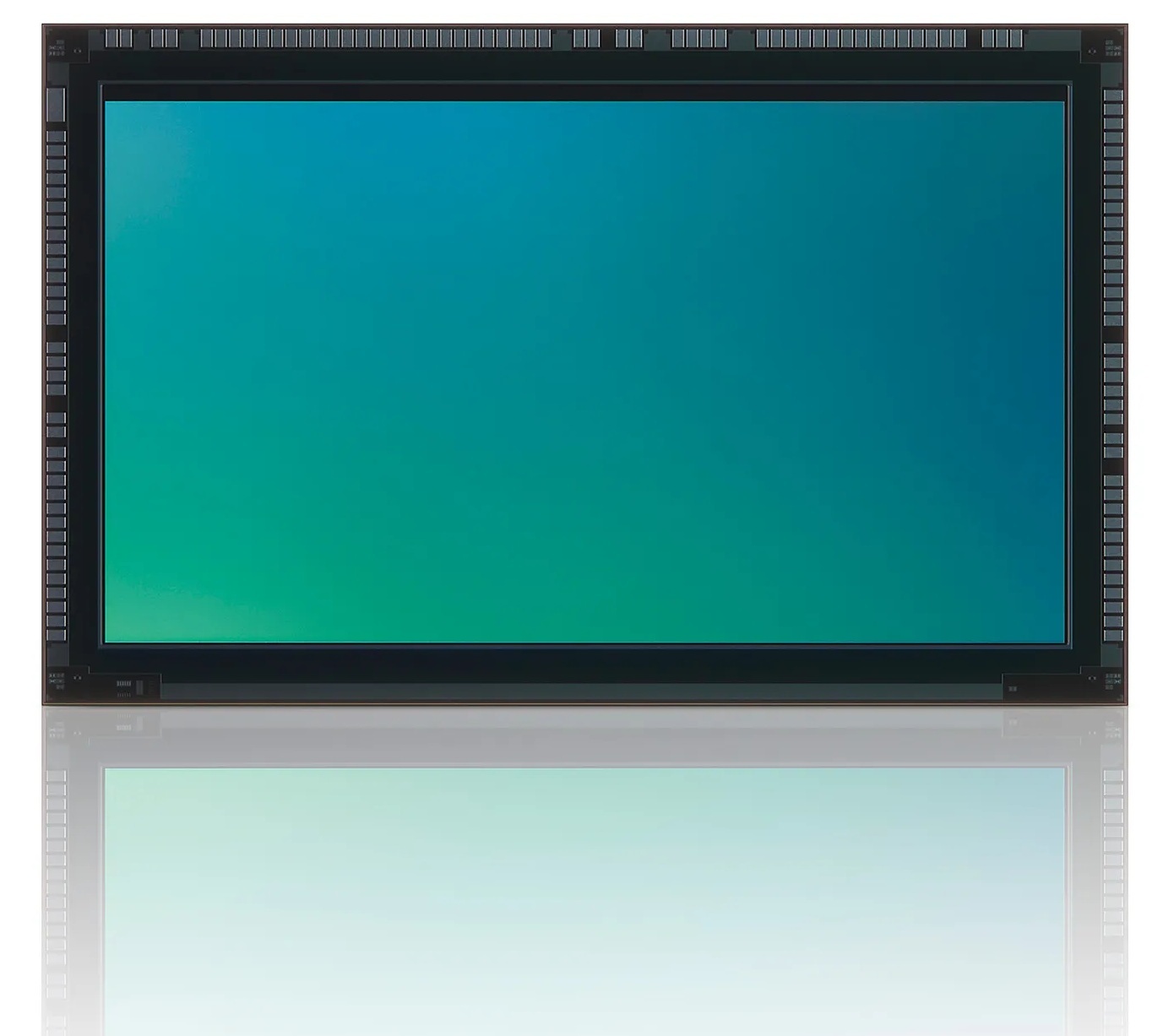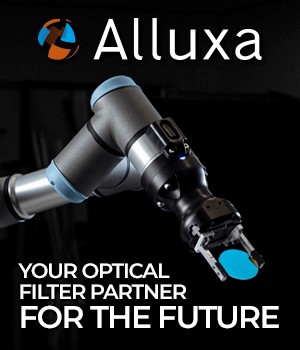October 28, 2025
Atsugi, Japan — Sony Semiconductor Solutions Corporation (Sony) today announced the upcoming release of the IMX828, the industry’s first CMOS image sensor for automotive applications with a built-in MIPI A-PHY interface. There are multiple high-speed transmission interface standards for automotive applications. This product is the first in the industry to include the interface in the image sensor.
The IMX828 features 8-effective-megapixel resolution and the industry’s highest level of high dynamic range (HDR) attributes. Externally mounted serializer chips, which were required on previous models to accommodate high-speed transmission interface standards, are no longer necessary, allowing for a compact camera system that uses less power, and contributes to a streamlined thermal design. Additionally, improved HDR attributes deliver exponential improvements to high-luminance object recognition, such as red LEDs. A low-power-consumption parking surveillance function is also built-in to detect moving subjects and reduce the risk of theft and vandalism.
Going forward, Sony is also considering the development of new products with built-in high-speed transmission standards other than MIPI A-PHY. Based on a flexible, open-standard interface strategy, Sony will continue to contribute to the technological innovation required for next-generation automotive cameras.
To support the high-bandwidth, low-latency, and highly reliable communications between the camera and ECU that automotive camera systems require, multiple high-speed transmission interface standards exist. The IMX828 is the industry’s first example of a product equipped with a MIPI A-PHY interface directly built into the image sensor. The new sensor is also equipped with Sony’s proprietary error handling circuit, which makes it highly resistant to errors triggered by external noise when transmitting data.
With these features, the new product offers the following advantages to OEM and Tier 1 partner businesses:
Reduced cost thanks to eliminating the need for an externally mounted serializer
Compact board size and suppressed heat generation
Reduced camera module power consumption
Improved resistance to errors due to external noise
Main Features
■Industry’s first built-in MIPI A-PHY interface (optional)
A next-generation interface is built into the sensor for high-speed, highly reliable data communications. This eliminates the need for the externally mounted serializer chip that was required on conventional models, enabling a compact camera system that uses less power, and contributing to a streamlined thermal design.
This product, released ahead of anyone else in the industry, is expected to drive technological advances in the overall next-generation vehicle-mounted camera industry.
Sony’s proprietary error handling circuit improves resistance to data transmission errors.
■Built-in, low-power-consumption parking surveillance function (optional)
When the vehicle is parked, the sensor can detect moving subjects and notify the on-board ECU, with very little power consumption. In parking surveillance mode, images are captured in low resolution and at a low frame rate to keep power consumption below 100 mW. When a moving subject is detected, the sensor notifies the on-board ECU and can shift to normal imaging mode.
■Improved recognition performance thanks to industry’s highest level HDR
Sony’s proprietary pixel structure achieves the industry’s highest level of saturation, at 47 Kcd/m2. This contributes to maintaining color reproduction, even of high-luminance objects such as red traffic signals and red LED taillights, and even during bright daylight conditions, reducing the risk of false recognitions.
This enables a maximum high dynamic range of 150 dB, which helps maintain stable noise performance even in high-temperature environments (maximum junction temperature of 125°C).
■Equipped with a new dual-HDR capture mode that enhances low-light performance and reduces motion blur to improve computer vision
In a collaboration with Mobileye, Sony has developed a new dual-HDR capture mode that continuously captures two types of HDR images with differing exposure conditions. This feature improves characteristics in low-light conditions while also reducing moving subject blurring (motion blur).
■Quality demands for automotive applications met
The plan is to obtain AEC-Q100 automotive reliability testing standard Grade 2 before the start of mass production.
The product complies with the ISO 26262 road vehicle functional safety standard, the hardware metrics comply with ASIL-B, and the development process complies with ASIL-D, thereby ensuring improved reliability for automotive cameras.
■Security demands for automotive applications satisfied (optional)
The product supports camera verification using a public key algorithm to ensure CMOS image sensor authenticity, image recognition to detect tampering of acquired images, and communication authentication to control communication tampering.
For this product, Sony employs a development process compliant with the ISO/SAE 21434 road vehicle cybersecurity engineering standard.





